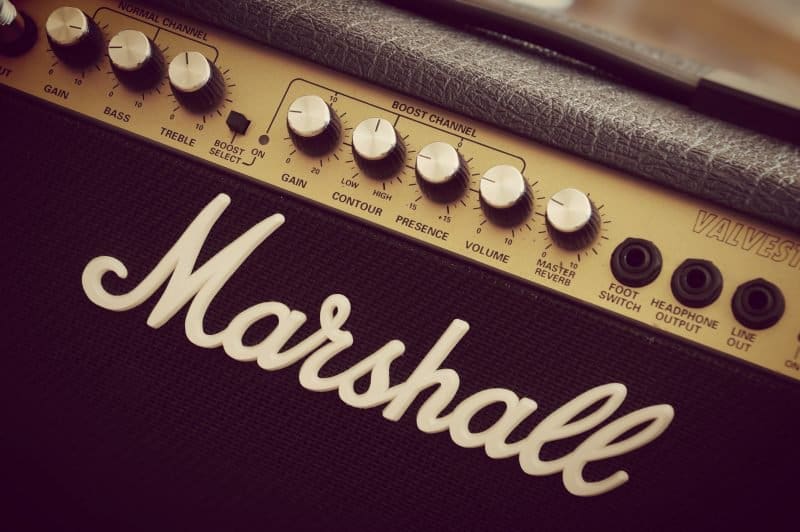 Amplifier (or Amp) – A device that increases the volume of a signal. For instance, a guitar amp increases the volume of the signal picked up from the electric guitar, which is very quiet on its own.
Amplifier (or Amp) – A device that increases the volume of a signal. For instance, a guitar amp increases the volume of the signal picked up from the electric guitar, which is very quiet on its own.
Analog – Technology that does not use digital components. Often used to describe audio technology from before the mid-80’s. Analog gear tends to be sought after for the way that it “colors” sound.
Bit depth – A measure of the accuracy of a program. The higher the bit depth, the more accurate the output. For instance, running a recording session at 24bits means the audio will be more accurate than if it was running at 16bits.
Console (or Mixing desk, Mixer, or Sound board) – A device for recording, mixing, or live sound purposes that amplifies, balances, processes, and combines sounds. Basically, it’s the studio version of a DAW.
DAW – Digital Audio Workstation. The software that you record, edit, mix, and master in. Popular versions are Pro Tools, Logic Pro, GarageBand, Ableton Live, etc.
Fader – The part of the channel that controls the volume. Faders are always a straight line, in contrast to knobs/pots, which are always circular.
Flat – A word used to describe a piece of gear that has no coloration to the sound; what comes in is what comes out. Most digital gear has a flat response, whereas most analog gear does not.
Makeup gain – A parameter that allows you to increase the output volume of a sound processor that made the input sound quieter. For example, a compressor makes sounds softer, so makeup gain is needed to keep the sound at the same volume that it previously was.
Meter – A piece of software or hardware that analyzes certain data and visually shows you the results. For example, anything that shows the volume of a sound is a volume meter.
MIDI – Generally refers to the notes and other data recorded when using software instruments. It’s also used to refer to the software instruments themselves. For example, a software piano is also known as a MIDI piano, and the notes it records in your DAW are known as MIDI notes.
Monitors – This refers to 1) speakers that are used for mixing, or 2) the screen of a computer.
Pad – Something that can quickly reduce the input volume of a piece of hardware. Commonly found on microphones and preamps.
Phantom power – +48 Volts. The power necessary to get a condenser mic to work. Most audio interfaces have a button that sends this power to a microphone that needs it.
Plug-in – A piece of software used within a DAW that processes the sound of a recording.
Processors (or Sound processors) – any hardware or software that changes the pitch, speed, loudness, or tone of a sound.
Quarter Inch – also known as a TRS cable, these are cables that are commonly used for instruments like guitars and basses. Thicker versions of this cable are used for speakers.
XLR – A cable with three prongs that is used by microphones.




